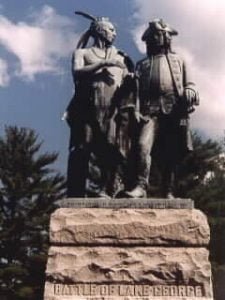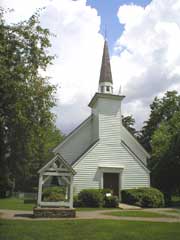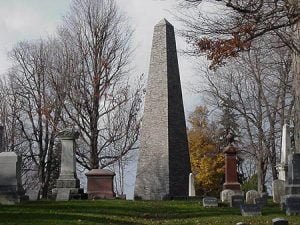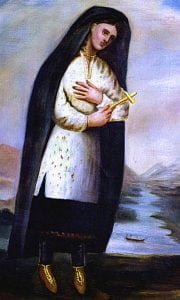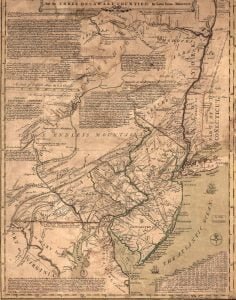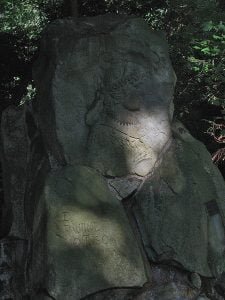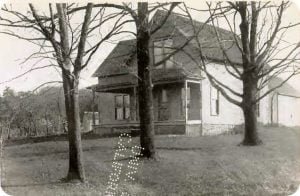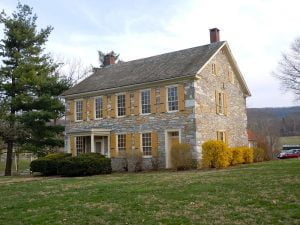Monument To Aroniateka ‘Fiendich’ Lake George Village, New York
Aroniateka or Chief Hendrick was a Mohawk of the Village of Canajoharie in the Mohawk Valley. In 1618 the Mohawks and other nations of the Iroquois Confederacy made a treaty with the Dutch of Manhattan. When the English took over the Dutch Colony the Treaty of Friendship and Mutual Aid was carried on to these people. The Mohawks, for over three hundred years, held fast to this treaty of friendship, their people considering it a disgrace to ever violate a sacred covenant. In no so-called civilized country can one find a parallel steadfast faith. They fought fiercely and unwaveringly upon … Read more

